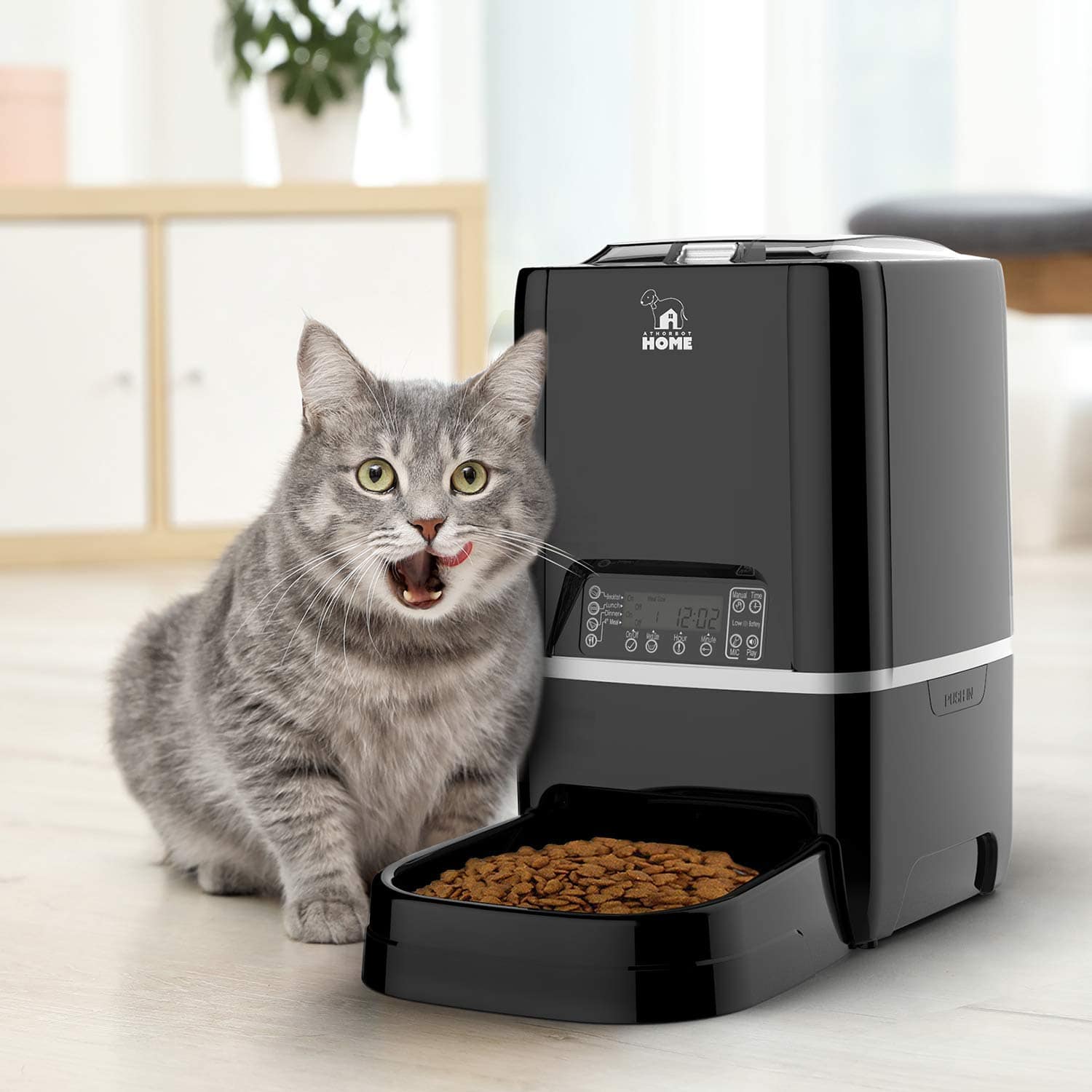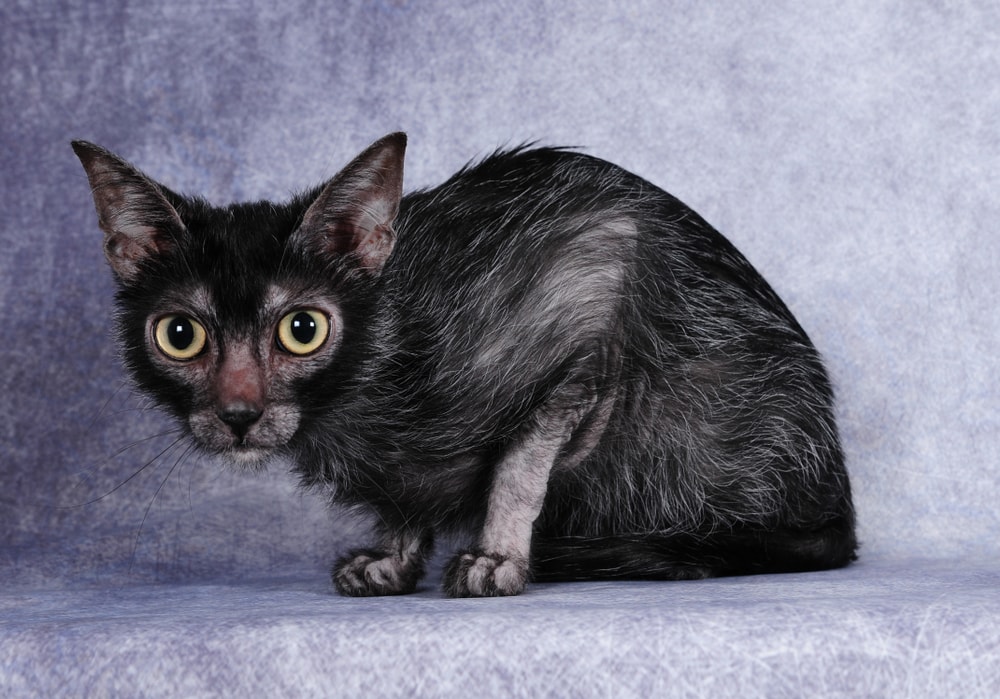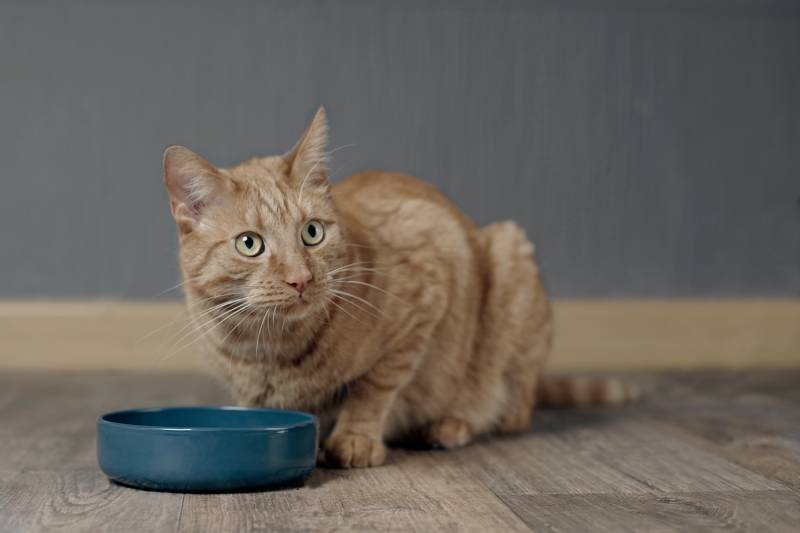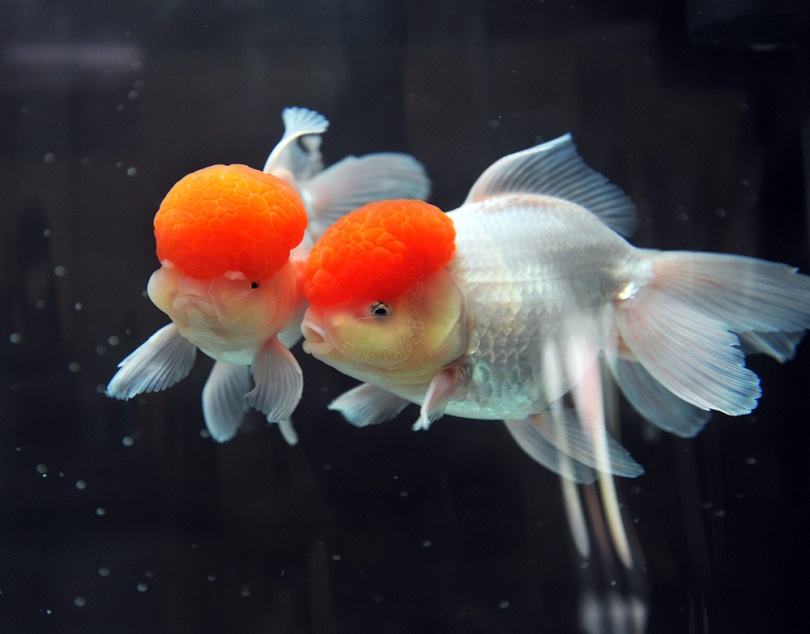Applehead Siamese vs Siamese Cat: Pictures, Differences & Which to Choose
Updated on
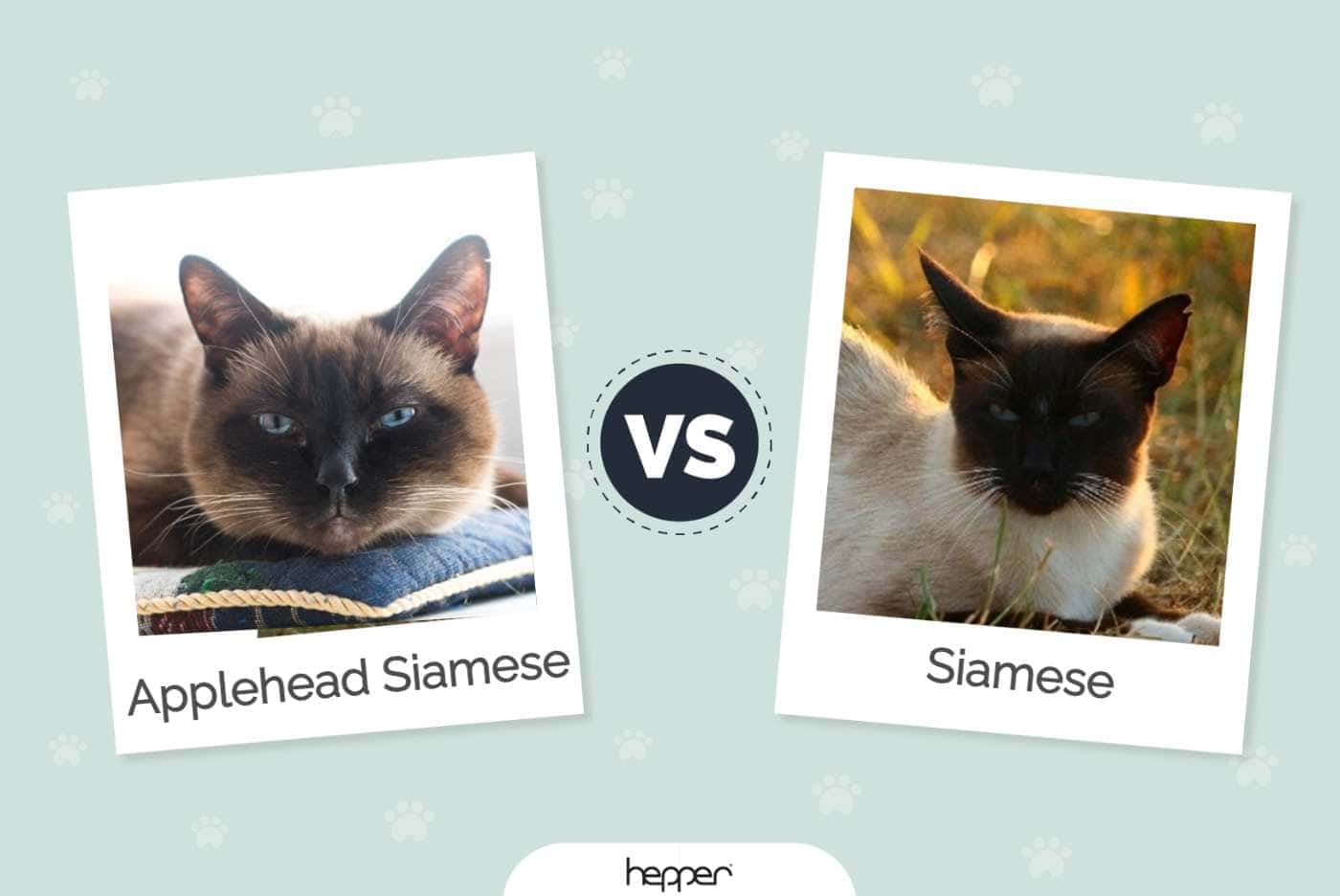
Click to Skip Ahead
The Applehead Siamese is a variety of Siamese cat that is considered to be the more traditional variety. They vary slightly from the modern type of Siamese cat, though the differences are almost exclusively in physical appearance. If you’ve ever found yourself confused about the differences between the Siamese cat and the Applehead Siamese, read on to learn more.
Visual Differences
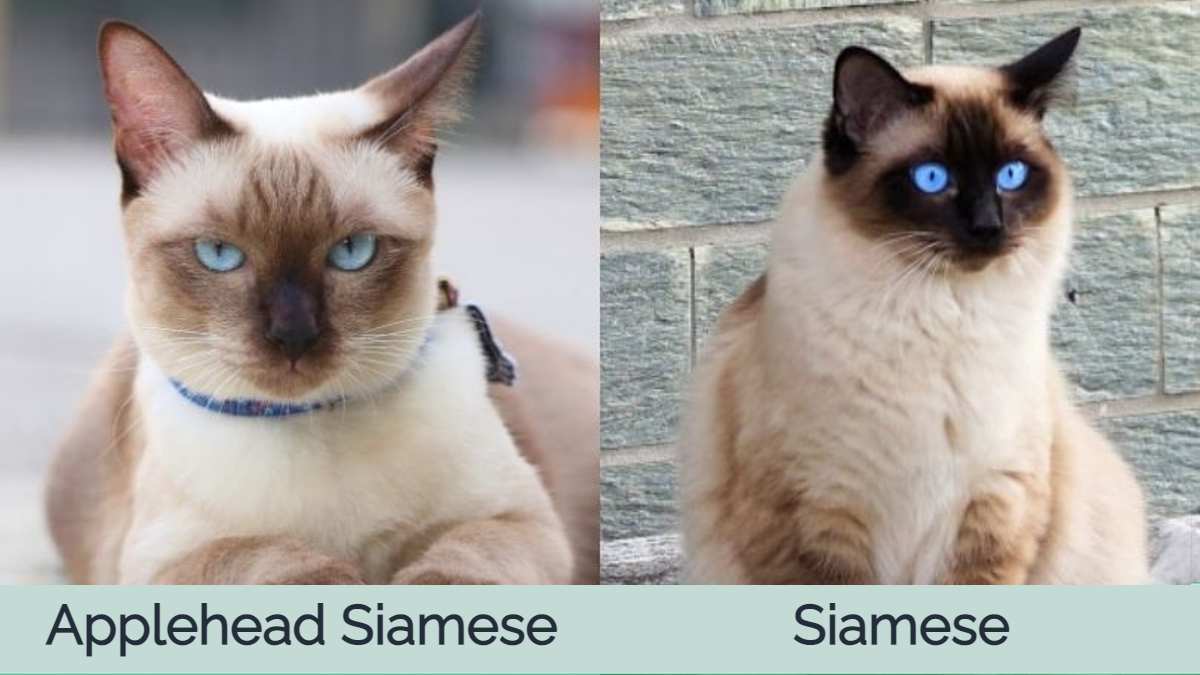
At a Glance
- Origin: Thailand
- Size: 8–12 inches, 6–18 pounds
- Lifespan: 10–15 years
- Domesticated?: Yes
- Origin: Thailand
- Size: 8–10 inches, 6–14 pounds
- Lifespan: 10–15 years
- Domesticated?: Yes
Applehead Siamese Overview
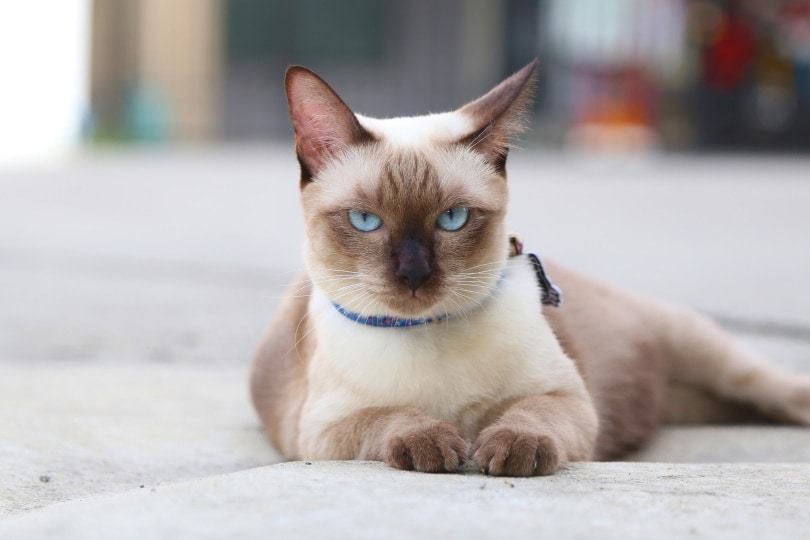
Characteristics & Appearance
The Applehead Siamese is considered by many to be the traditional Siamese cat, though some dispute this. This cat has a stocky, muscular build and can be quite athletic. They usually have a winning personality and are often loyal and loving. They can be talkative, though, and their meow has been compared to a human baby crying.
They have a thick, short neck and tail compared to the lankier Siamese cat and are larger and bulkier overall. They are available in the same color variations, though. These cats are all born solid white and begin developing their points within the first few weeks of life.
Applehead Siamese cats have rounded heads that lack the angulations of the modern Siamese cat, giving them their name. They are intelligent cats that love the company of humans and will often show off playfully to get attention.
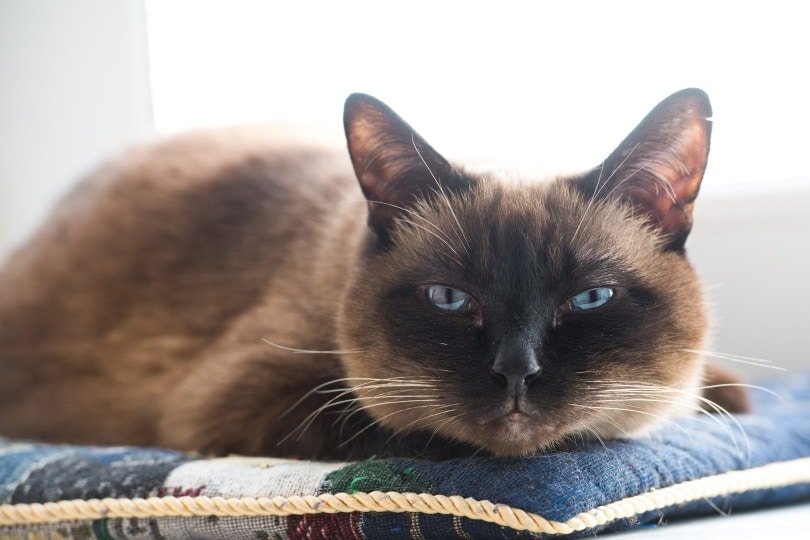
Uses
Like most cats, the Applehead Siamese is primarily kept for companionship purposes. However, these athletic, trainable cats can also be used for activities like feline agility coursing. They can be leash trained and can be good companions outside of the house since they are laidback and not likely to spook easily.
Siamese Cat Overview
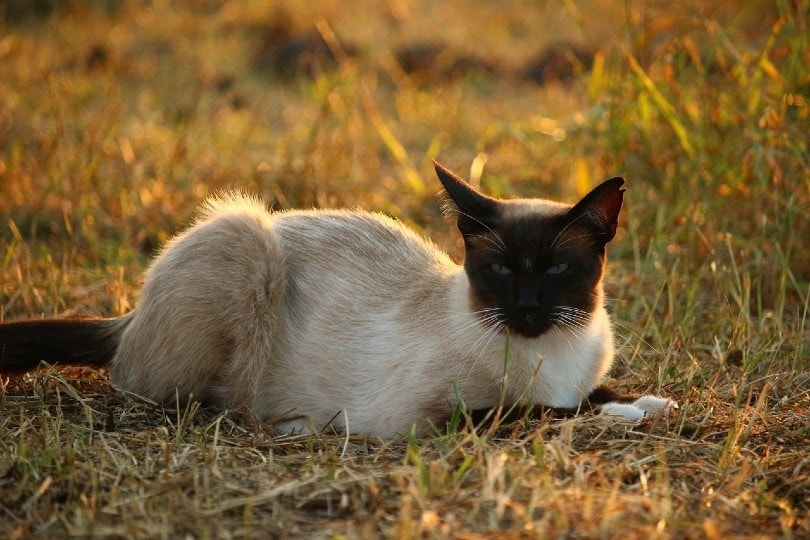
Characteristics & Appearance
The Siamese cat is sometimes called the modern Siamese. There is also a variety called the Wedgehead Siamese, due to their head’s angular, wedge-like shape. This is a selectively bred version of the modern Siamese that is often considered the most extreme form of the breed. These cats look similar to Oriental Shorthair cats and have long, lanky limbs, though their features may not be as dramatic and oversized as those of the Oriental.
Non-Wedgehead modern Siamese cats still have a slightly angular, wedge-like shape to their face and head. The nose comes to a point, and the ears are more wideset than those of the Applehead Siamese. Some people consider this to be the original Siamese cat due to depictions in the art that have been found in Thailand, though it’s difficult to say if this art is merely a stylized representation of the breed.
The modern Siamese cat is leaner and more elongated than the Applehead Siamese, with a much longer tail. Overall, though, the modern Siamese is smaller than the Applehead Siamese. While lean, the Siamese is a muscular, athletic cat. They have a similar temperament to the Applehead Siamese and have a great love for the company of humans. They come in various pointed colors but are born solid white.
Like the Applehead Siamese, the Siamese cat is vocal and loves to talk. While the Applehead Siamese’s meow has been compared to a newborn baby’s cry, the Wedgehead’s and modern Siamese’s meows are slightly deeper and have more of a honking tone.
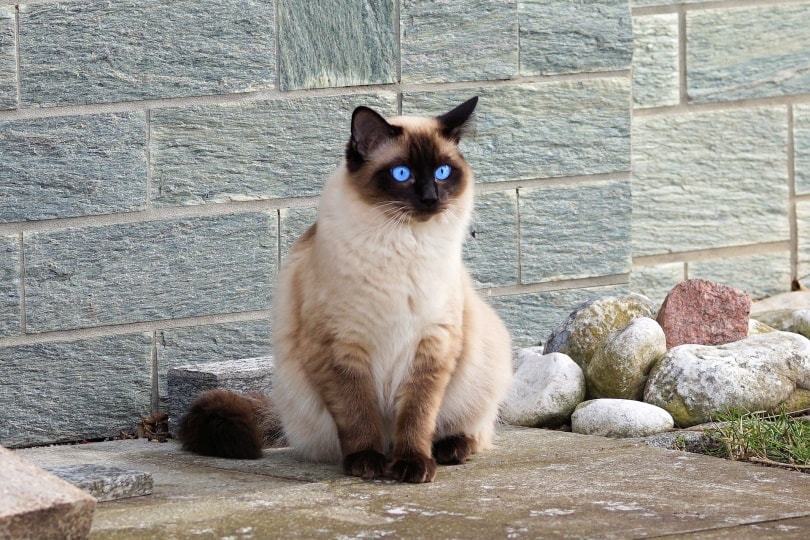
Uses
Like the Applehead Siamese, the Siamese cat is athletic and capable of sports, though their primary purpose is companionship. The more extreme Wedgehead Siamese cats tend to be prone to more health problems than other breed varieties, so these cats may not be good picks for sports and activities.
What Are the Differences Between Applehead Siamese & Siamese Cats?
The main notable differences between the Applehead Siamese and the Siamese cat are their appearances, namely their face and head shape. Both are intelligent, loving cats that enjoy spending time with people.
However, it’s important to understand that some varieties may be more prone to serious health conditions. The Wedgehead Siamese is most likely to develop serious medical issues. In general, Siamese cats, including Applehead Siamese, are prone to kidney and heart disease. However, good breeders will screen for these issues and won’t breed cats that carry certain genetic conditions. Other conditions that Siamese, especially Wedgehead Siamese, seem to be prone to are dental diseases and respiratory problems.
Which Breed Is Right for You?
Both varieties of Siamese are lovely cats that make excellent companions. They are fond of people and form tight-knit bonds with their families. However, the look of the more modern Siamese cat is not for everyone, especially the Wedgehead Siamese. They are also more prone to medical conditions that can become expensive, especially as the cat ages. It’s essential to look for a reputable breeder who does all recommended health testing before breeding their cats. This will help you find the healthiest kitty that is a good representation of their breed.
Related Reads:
Featured Image Credit: Left: Applehead siamese cat: woff, Shutterstock | Right: Siamese cat: rihaij, Pixabay


